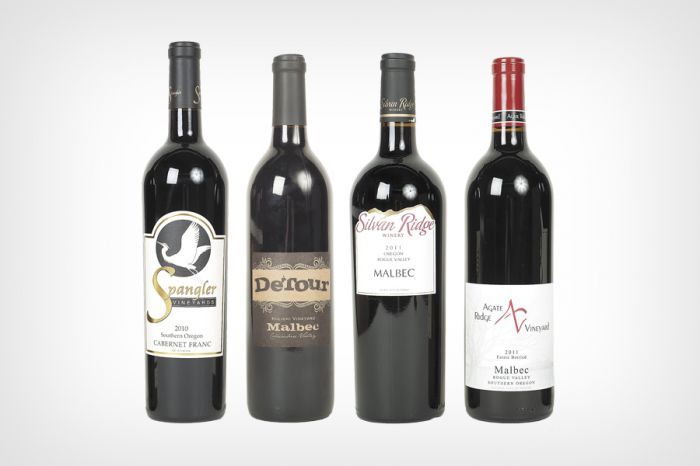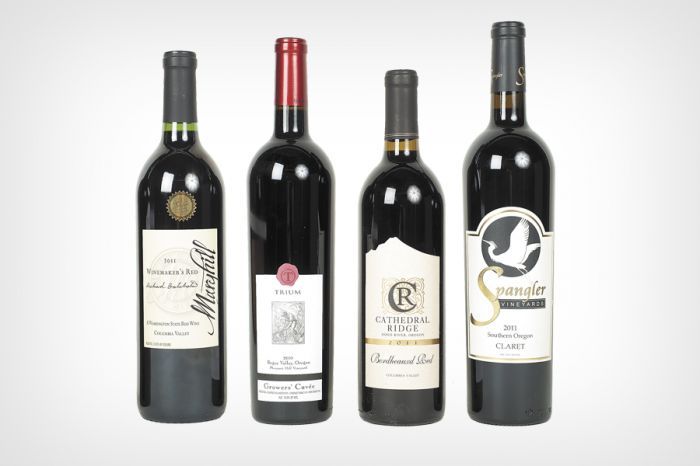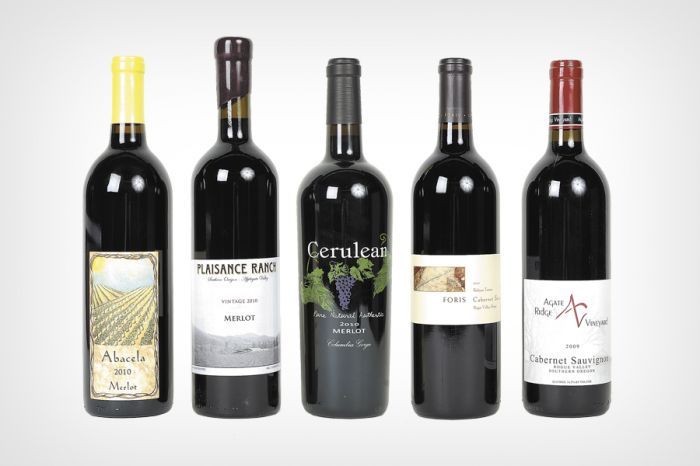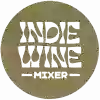Raising Bordeaux's Bar
The grape varieties that rocketed France’s Bordeaux region to the top of the global heap in fine wine have been building an increasingly impressive place among Oregon’s wine offerings.
In Bordeaux, six red varietals are allowed under French regulations: Cabernet Sauvignon, Merlot, Cabernet Franc, Petit Verdot, Malbec and Carménère.
The first two were embraced early on in California and, since the American wine industry chose to market its best wines by varietal names, they have become far and away the most widely known and accepted.
The third, Cabernet Franc, has come onto the scene more recently. But, being blends, Bordeaux wines use Cabernet Franc in a supporting role. Petit Verdot, Malbec and Carménère may or may not be members of the cast depending on winemaker preferences.
Malbec, in fact, has fallen from favor in Bordeaux over the past several decades; whereas it has ascended to premier status in the rapidly evolving Argentine wine industry. Elsewhere, including in Oregon, Malbec is gaining followers for its depth of color and mouth-filling fruit.
Petit Verdot, on the other hand, has thus far attracted only limited interest. Even less for Carménère.
Unlike Bordeaux, where blending has long been the formula for success, at this point in time the primary emphasis in Oregon remains centered around single-varietal bottlings. Experimentation with blending is gaining favor when the secondary grape is 25 percent or less of the blend.
This meets the 75 percent minimum required by Oregon law to label a Bordeaux-style wine as a single variety. But blends that employ several varieties, which obviously do not meet that minimum, must carry a proprietary name on the label or simply be called red wine.
As a consequence, a technique that could potentially yield the best wine has not as yet been pursued to the point where a significant number of Oregon winemakers are putting their best varietal lots into these blends.
It should also be noted that nine of the wines are from Southern Oregon, three from the Columbia Valley and one from the Columbia Gorge, all among the Northwest’s warmer growing regions.
Given that background, we can confidently report that the following 13 wines come highly recommended after making the cut in a double-blind elimination by the Oregon Wine Press tasting panel.
2010 Abacela Merlot
A classic style middleweight emphasizing the balance of tasty red fruit with lively acidity accented by toasty oak and a hint of buttery croissant. $23 (452 cases)
2010 Plaisance Ranch Applegate Valley Merlot
Strawberry and dark cherry make this fruit-packed Merlot merry. Soft and succulent on the palate, this medium-weight wine also benefits from hints of pepper, cedar and clove. $25 (175 cases)
2010 Cerulean Columbia Gorge Merlot
Full-bodied, lively acid, rich, sweet flavors, silky, smooth mouthfeel, green peppercorn and clove spice. An engagingly elegant example of what Merlot can be. $25 (125 cases)
2010 Foris Siskiyou Terrace Rogue Valley Cabernet Sauvignon
What differentiates Cabernet Sauvignon from its cousins is complexity. This one delivers a violet and cola nose, rich, jammy fruit, resolved tannins, earthiness and hints of toast. Balance brings it all together. $20 (199 cases)
2009 Agate Ridge Rogue Valley Cabernet Sauvignon
Flavor and finesse join together in a well-balanced beauty that features sweet plum, dark cherry, cocoa and the counterpoint of slate harmoniously merged from first satisfying sip to long, lingering finish. $24 (194 cases)
2010 Spangler Cabernet Franc
Intriguing hints of coffee, berry and bell pepper lead to a rich, dark cherry flavor with smoky, spicy accents and a lasting finish. $26 (288 cases)
2012 Detour Kolibri Vineyards Columbia Valley Malbec
This blockbuster Malbec bursts from a barrel crafted by Amity Vineyards winemaker Darcy Pendergrass. A blueberry bomb explodes on the palate setting off side flavor flares of oak vanillin and ripe, dark fruit. $22 (20 cases)
2011 Silvan Ridge Rogue Valley Malbec
A profoundly deep, dark color portends the mighty mouthful to come. Sheer size and weight would be almost overwhelming were it not for lovely floral notes, tangy grapefruit and tinges of brown sugar. $20 (391 cases)
2010 Agate Ridge Malbec
So purple it’s beyond black. Tannin to match but offset by still youthful, dark fruit and evolving pluminess. A gravelly minerality underlies the sweet aroma of cherry cola aroma accented by slate. $28 (155 cases)
2011 Maryhill Columbia Valley Winemakers Red
You’ve heard “high quality, low price” before. But this would appear to be the real deal coupled with sizable production. Cabernet Sauvignon, Merlot, Syrah and Cabernet Franc are brought together in this blend that’s big but soft in the mid-mouth with ripe fruit and firm tannins. $12 (32,964 cases)
2010 Trium Pheasant Hill Vineyard Rogue Valley Grower’s Cuvée
Gaining inspiration from the Bordelaise blender’s book, this wine combines 60 percent Merlot, 25 Cabernet Sauvignon, 10 Cabernet Franc and 5 Petit Verdot. The result is fruit forward cherry berry flavors accented by tobacco, coffee and herbs. $26 (250 cases)
2010 Cathedral Ridge Bordheauxd Red
Despite its awkward send-up of Bordeaux, this wine does deliver. Tantalizing herb, savory cardamom spice, hint of mint and mown hay accent ripe fruit in a blend of Merlot, Cabernet Sauvignon and Syrah. $26 (300 cases)
2011 Spangler Claret
Spangler has been able to obtain at least a little bit of all six allowed Bordeaux varieties for this blend. It reprises the traditional British name for red Bordeaux. Bright red berry, sweet cherry and hints of bacon flow across a silky mouthfeel. $27 (255 cases)
The Oregon Wine Press tasting panel has selected these wines based on overall quality and value within their respective categories. To the best of our knowledge, they are currently available in the retail marketplace. But a call to the winery or your favorite wine merchant will best determine where they may be purchased. The above wines have met the following criteria: 1) produced by an Oregon winery; 2) priced (retail) $30 or less for reds — except for a special Pinot Noir focus in October, which is $45 or less — $30 or less for Chardonnay (August), $30 or less for dessert and sparkling wines (December), and $25 or less for remaining varietals; 3) currently available to consumers. Recommended wines were selected using a double-blind method and a 20-point ranking system for appearance, aroma, taste, balance and finish.















